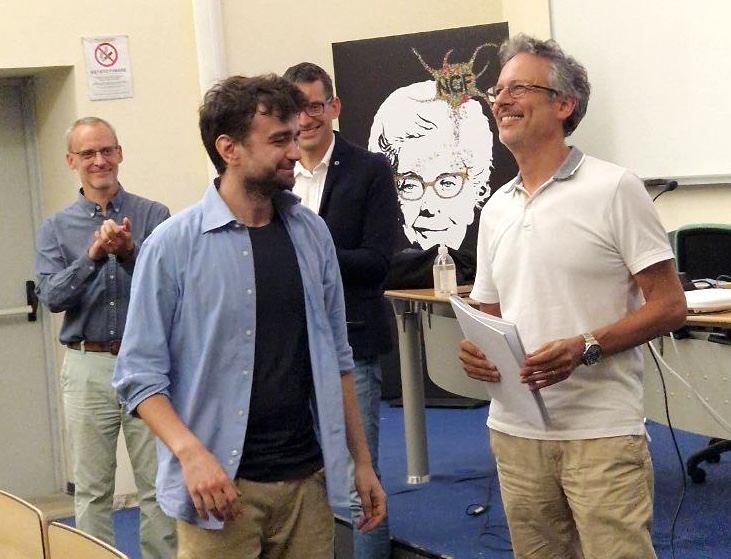 |
Congratulations to Stefano for obtaining his well-deserved PhD degree (cum laude!) with his thesis titled "Ultracold 6Li-53Cr mixtures: From resonantly interacting fermions to paramagnetic bosonic dimers"! And may the future bring you many more successful results. Daje! Check out the thesis here. |
LAST NEWS
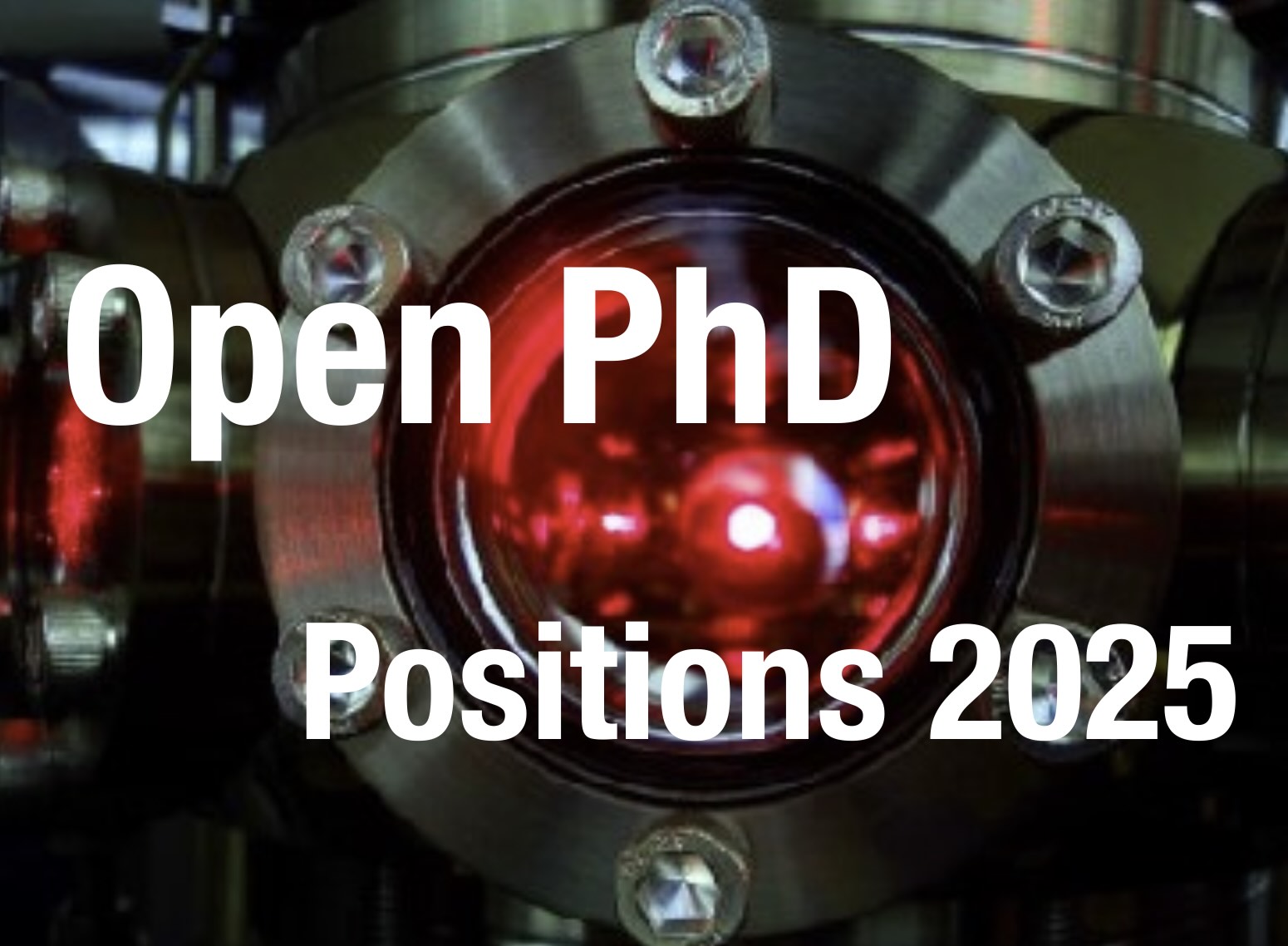 |
We are looking for applicants who either hold or expect to obtain a Master’s degree in physics or a related field and have a strong interest in atomic physics, photonics, quantum optics, and quantum technology. Join our world-class research environment to explore quantum sciences with ultracold matter. The new PhD call by the University of Florence is out! Contact us to devise together a PhD project to be carried out in our labs. There are two PhD programs available to join our labs: the doctoral programme in physics and astronomy and the international doctorate in atomic and molecular photonics. Application deadline: June 16, 2025 at 12:00 PM (CEST / Central European Summer Time) You can find further information here and on our Jobs Page.
|
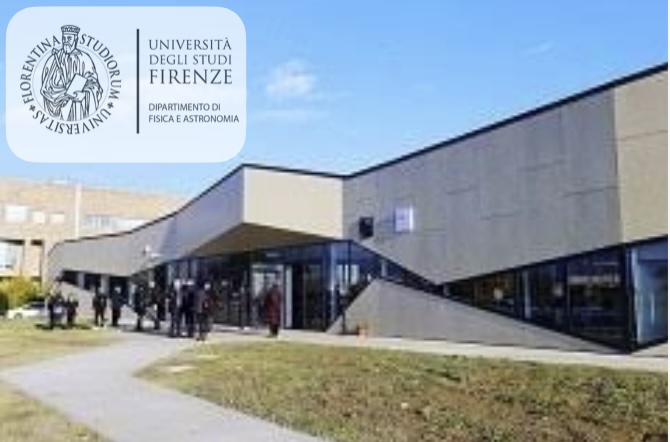 |
The Department of Physics and Astronomy of the University of Florence starts this year its Master degree in Physical and Astrophysical Sciences
|
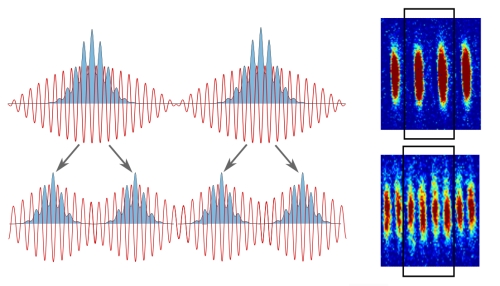 |
We report the realization of two Mach–Zehnder interferometers operating in parallel with Bose–Einstein condensates trapped in two neighboring double-well potentials, implemented using Beat-Note Superlattices with large spatial periodicities. Both the splitting and recombination operations between the two interferometer modes are performed with the atoms fully trapped, exploiting tunneling through the central barrier. This is made possible by tuning the scattering length of potassium atoms to zero via a broad Feshbach resonance. Our system constitutes the first experimentally realized trapped-atom gradiometer and represents a promising platform for fundamental physics tests and high–spatial–resolution force measurements. T. Petrucciani et al. |
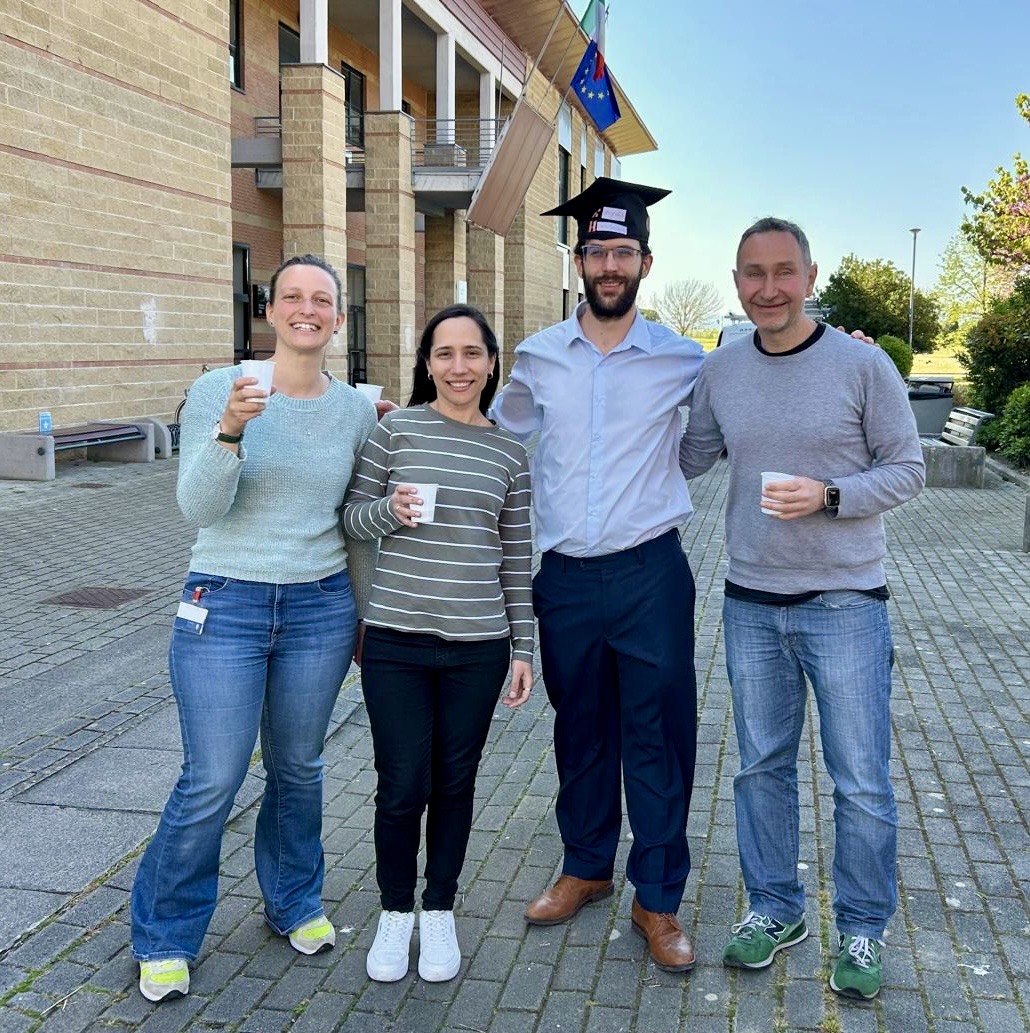 |
Congratulations to Diego on successfully defending his PhD thesis, titled ”Kelvin-Helmholtz instability in annular superfluids”! We are incredibly proud of you — well done, Dr. Hernández-Rajkov! Check out the thesis here. |
